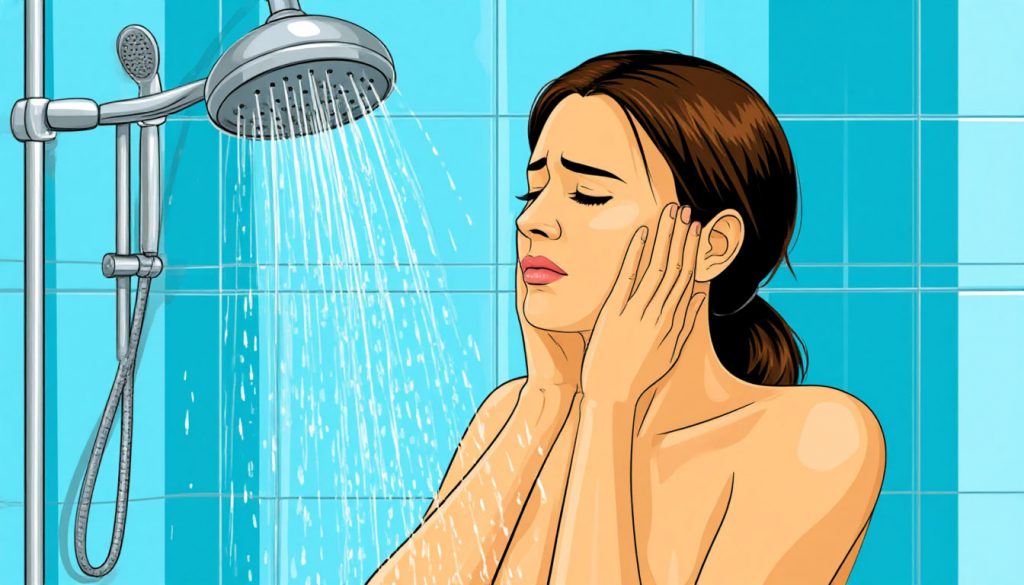Cold exposure—through cold showers, outdoor winter swimming, or other hardening practices—has gained popularity for its surprising health benefits. Though it may sound uncomfortable, regular exposure to cold can train the body, boost immunity, and sharpen mental resilience. Cold therapy has been used for centuries in various cultures and is now supported by modern research.
What Is Cold Exposure or Hardening?
Hardening (also called “cold training”) refers to the gradual adaptation of the body to cold environments. This includes practices like:
- Taking cold or contrast showers
- Bathing in cold lakes or ice baths
- Spending short periods in cold temperatures without overdressing
The idea is to build the body’s resistance and stimulate systems that improve overall health.
Key Health Benefits of Cold Showers
Cold showers aren’t just a way to wake up—they have several physiological and psychological effects:
- Boost circulation: Cold water causes blood vessels to constrict, then expand afterward, improving blood flow.
- Enhance alertness: The cold shock activates the sympathetic nervous system, increasing heart rate and focus.
- Improve mood: Exposure to cold may trigger the release of endorphins and lower symptoms of depression.
- Strengthen the immune system: Some studies suggest that cold exposure increases white blood cell production.
- Accelerate muscle recovery: Athletes often use ice baths to reduce inflammation and soreness after training.
Mental Toughness and Resilience
One of the biggest benefits of regular cold exposure is the development of mental strength:
- It teaches the mind to stay calm under discomfort
- Builds discipline and stress control
- Helps improve the body’s response to adrenaline and cortisol
Many practitioners report better emotional regulation and a clearer mind after consistent practice.
Benefits for Skin and Hair
Cold water can benefit appearance as well:
- Tightens pores and reduces puffiness
- Stimulates hair follicles, promoting shinier, healthier hair
- Reduces oiliness by calming sebaceous glands
Unlike hot water, cold showers do not strip natural oils from the skin as aggressively.
How to Start Cold Training Safely
If you’re new to cold exposure, begin gradually:
- End your regular warm shower with 10–30 seconds of cold water
- Slowly increase the duration each week
- Try cold water on the arms and legs first
- Breathe deeply and calmly—focus on controlled exhalation
Over time, the body and mind adapt, and the discomfort fades.
Who Should Be Cautious?
Cold exposure is not suitable for everyone. Consult a doctor before trying if you have:
- Heart disease or high blood pressure
- Raynaud’s syndrome
- Circulatory or nerve-related conditions
Never force cold exposure when feeling unwell or under extreme stress. Always listen to your body.
Glossary
- Hardening – The process of training the body to tolerate cold for health benefits.
- Sympathetic nervous system – The system responsible for the body’s “fight or flight” response.
- Endorphins – Chemicals that reduce pain and boost happiness.
- White blood cells – Immune cells that help fight infection.
- Contrast showers – Alternating between hot and cold water during a shower.


